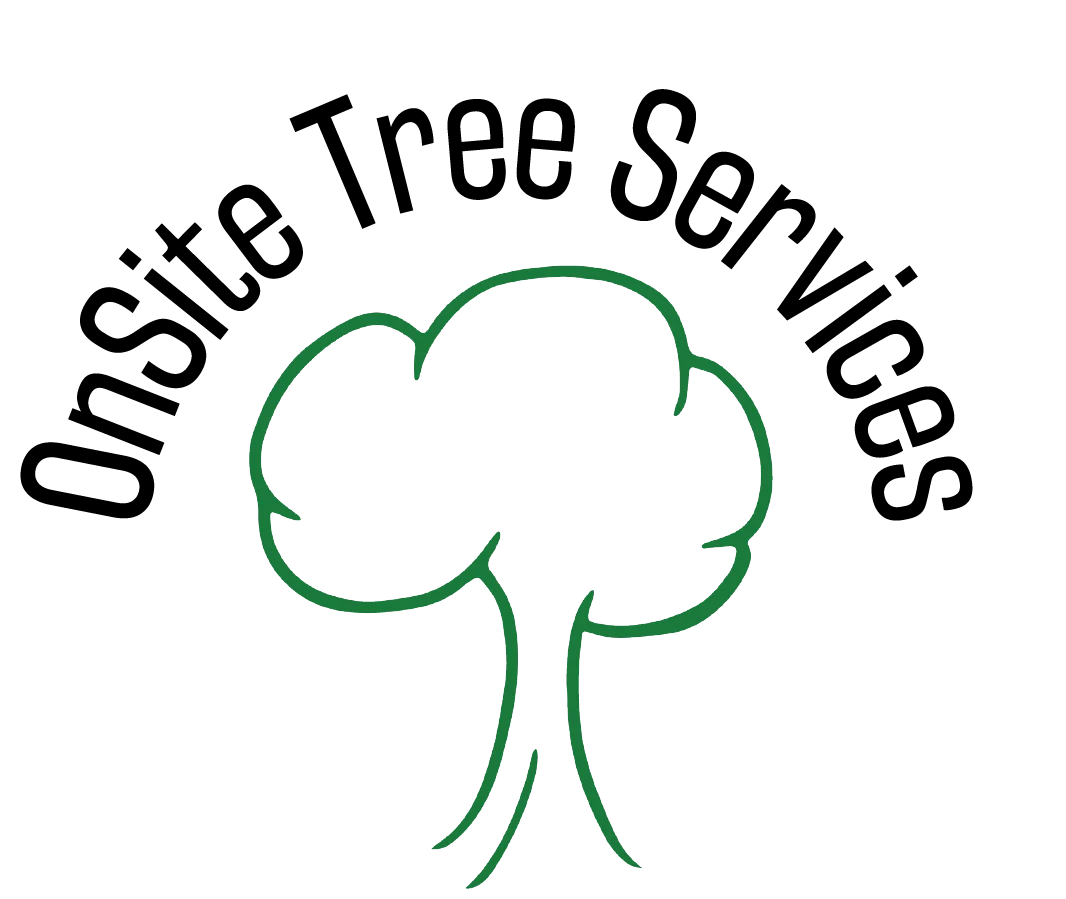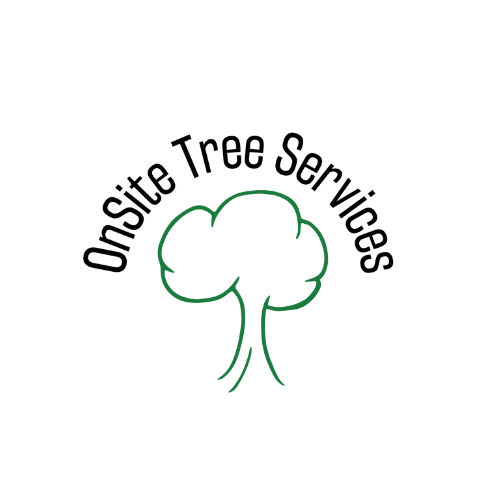Storm damage tree cleanup is always safe, just surely spot downed power lines, broken branches and loose limbs before you touch anything. Suit up in basic safety gear and take clear photos for your insurer to confirm property damage. Tackle only light work; call a crew for heavy wood, broken limbs or downed trees near wires to avoid further damage. A quick visit from our emergency tree removal team keeps costs low and yards safe. Year-round tree inspection and proper pruning techniques help trees stand strong in future storms and to know which hazardous trees to avoid.
First Look: Stay Clear and Check for Safety Hazards
When a storm ends, your yard may hide live wires, loose branches, cracked trunks, and fallen trees that shift without warning. Step back thirty feet and scan for humming cables or metal touching the tree, classic signs of downed power lines. Call the utility first; never assume the line is dead. Check for hanging branches, weak branches or any hanging limbs to ensure safety precautions. Mark danger zones with tape so children avoid them. Take wide-angle photos to document every branch and broken fence panel for insurance. This first sweep, checking the area as eyes only, prevents personal injury and locks in proof of storm damaged property before anything is moved.
Suit Up: Simple Safety Measures Before You Touch Tree Debris
Wear a hard hat, goggles, leather gloves, and sturdy boots. Slippery turf and hidden roots create trip points, so walk slowly. Stand with the trunk between you and the wind to dodge flying bark. Look up for hanging “widow-makers,” large broken branches barely attached. These dying branches or tree limbs can drop when the breeze returns. If you see a cracked tree leaning or damaged branches toward a roof, call professional arborists to help you with tree removal, and to prioritize safety in the surrounding area. Professional arborists bring pulleys and cranes that lower wood safely, sparing shingles and siding from further property damage or any potential hazards.
DIY Tree Cleanup for Small Branches
After your safety pass, gather twigs and palm-size sticks. Use a sharp hand saw on limbs thinner than your wrist; cut just outside the branch collar so the tree seals well. Do not raise a chainsaw above your shoulder, it can be dangerous as kickback is lethal. Stack wood away from driveways at a safe distance, so that cars can exit. Feed piles into a rental chipper or ask our tree service team to mulch on-site. Chips laid three inches deep keep weeds down and recycle nutrients into the soil. Stop when branches grow larger than six inches or rise above ten feet. At that point, professional assistance is cheaper than a hospital visit.
Heavy Work: Why You Need Professional Help
Big trunks, split canopies, and storm damaged trees resting on homes require skill, ropes, and insurance. Our team carefully inspect and provide tree services including tree emergency services, and tree inspection for tree health assessment. We serve every neighborhood from Kendallville to Columbia City and show up day or night. We climb with the proper equipment, tie each piece to rigging lines, and lower it gently. Ground staff chip limbs and sweep walkways so no nail or thorn remains. All work is covered under our ISA-certified insurance plan for full storm damage cleanup peace of mind.
Preventing Trouble: Inspections, Pruning, and Future Storms
Trees that are trimmed well bend instead of break. Book a biennial tree inspection so rot, borers, and hollow spots are fixed early. Use proper tree damage assessment and proper pruning techniques to thin crowns, remove deadwood, and shorten long side branches that catch wind. Our tree trimming experts shape canopies every spring, lowering the chance of fallen branches during winter storms. Plant wind-firm oaks or hickories away from power lines and keep new saplings watered in dry months. With steady care, your yard stands tougher against the next round of severe weather, the same way you’re knowledgeable about how to protect trees.
FAQ’s
Does insurance pay for storm damage tree cleanup?
Most policies cover reasonable costs when storm damaged limbs strike a covered structure. Keep photos and save receipts from any professional services you hire.
Is my own chainsaw safe for post-storm cleanup?
Only if the wood lies flat on the ground and is small; otherwise the tool, large limbs, wet bark, tree’s stability and unstable branches combine into serious safety hazards better handled by pros.
How soon should large damaged trees be removed?
Anything leaning, cracked, or touching a roof needs immediate attention to stop further damage from rain, storm, wind, or gravity shifts and to avoid any immediate risks.
Why prune healthy trees before storm season?
Removing crowded limbs and deadwood reduces sail effect so trees flex, not snap, in high winds lowering potential risks to people and homes.
Who do I call for trees tangled in power lines?
First, call the power company with a systematic approach for live wires, then our 24-hour emergency services crew once the line is confirmed safe.
Need quick help for a tree removal? Reach our local experts through the Contact Us page and protect your property before the next heavy winds or big storm rolls in.


